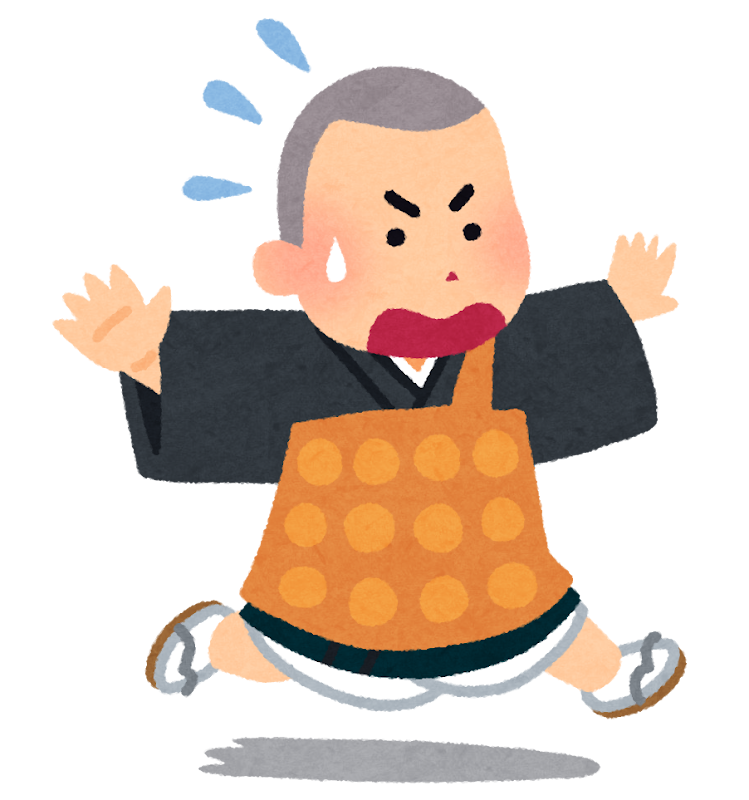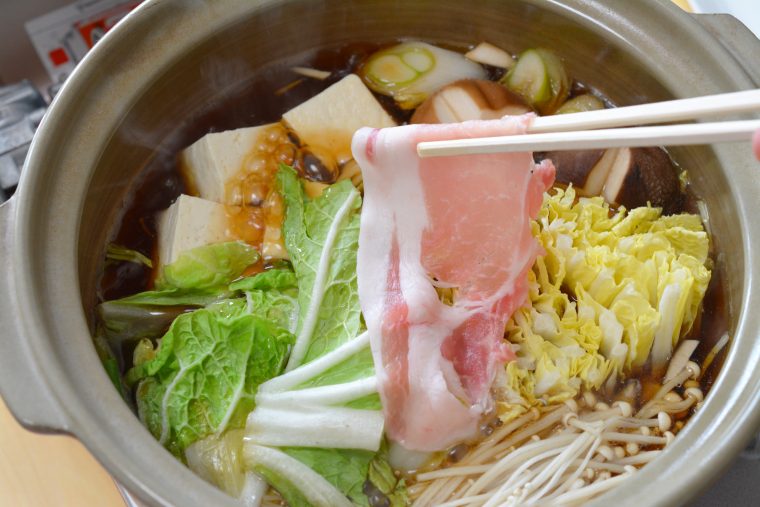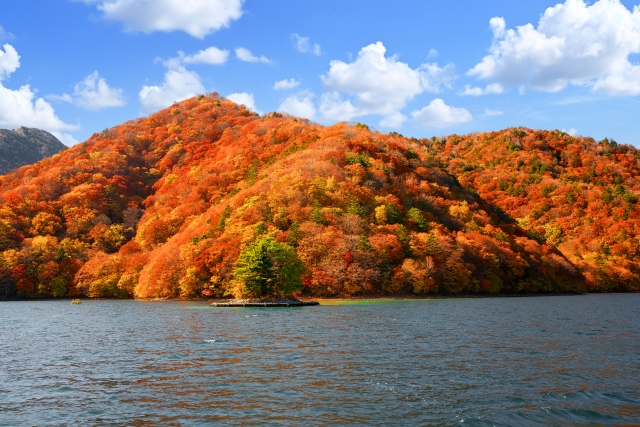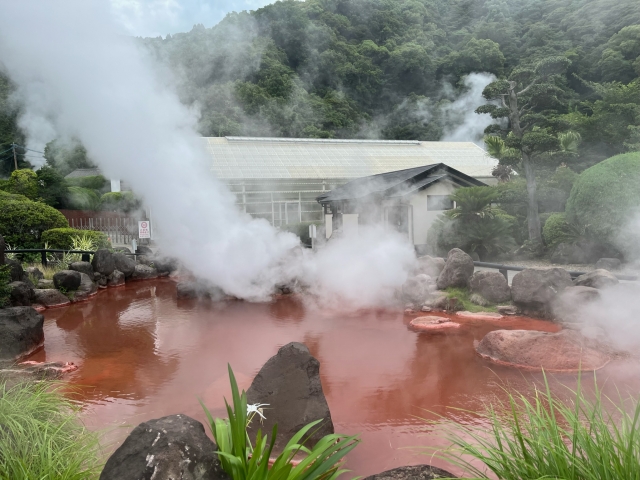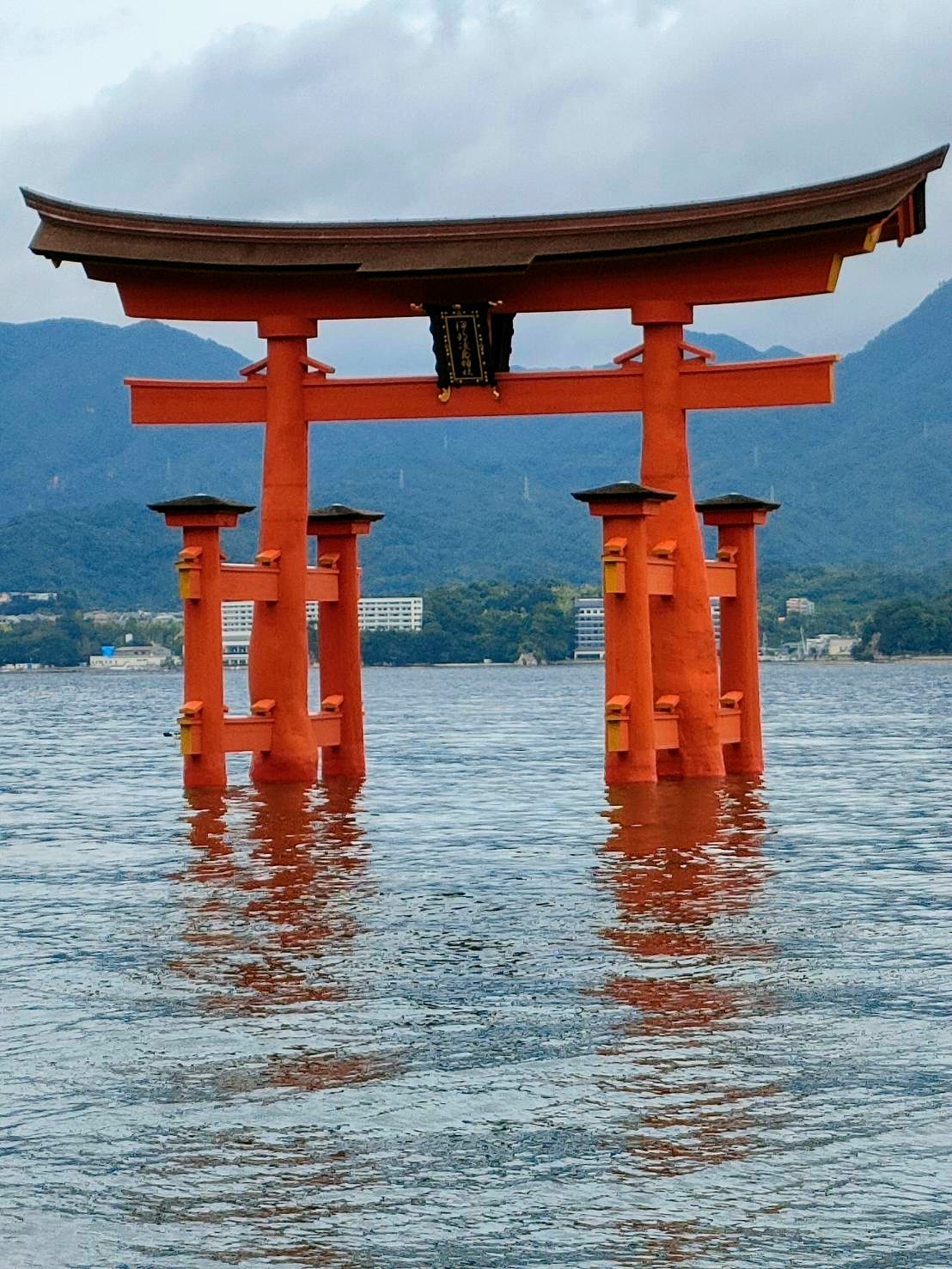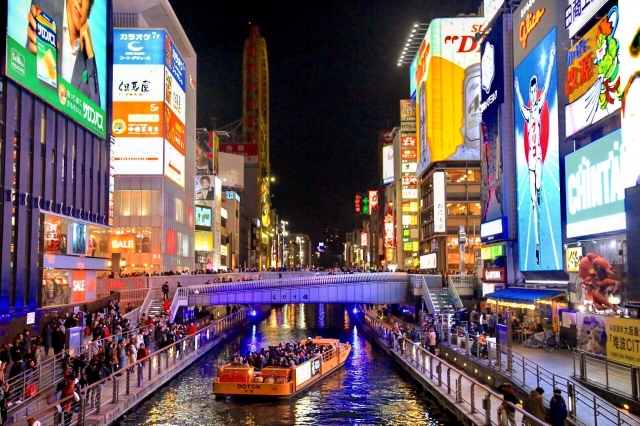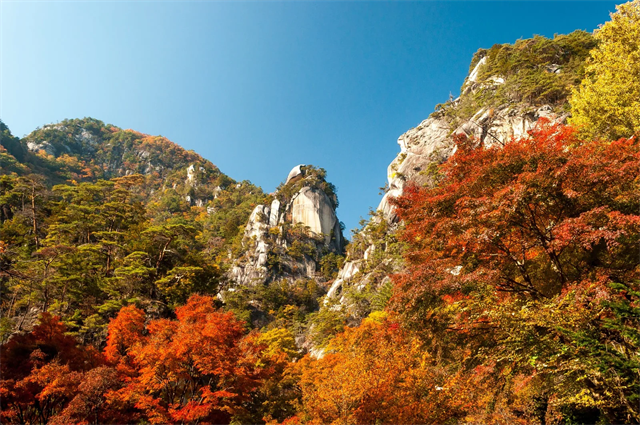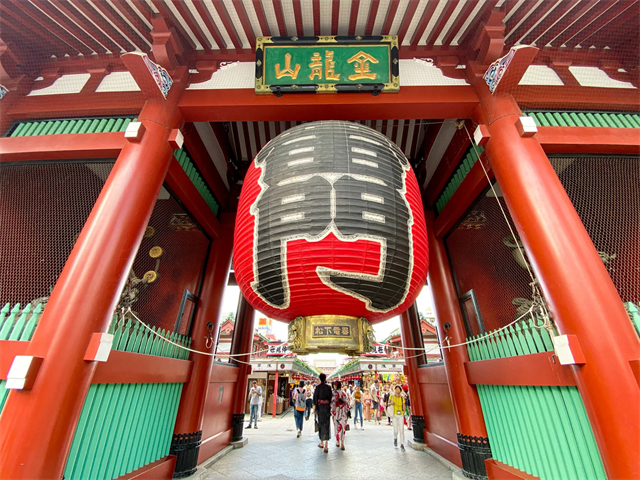“Shiwasu” is the traditional Japanese name for December. As the year draws to a close, the atmosphere in the streets becomes gradually busier, and at the same time many people feel a special emotion—“So this year is ending, too.” What’s fascinating about December in Japan is how events enjoyed regardless of religious background naturally blend with long-standing year-end customs and modern-day liveliness.
